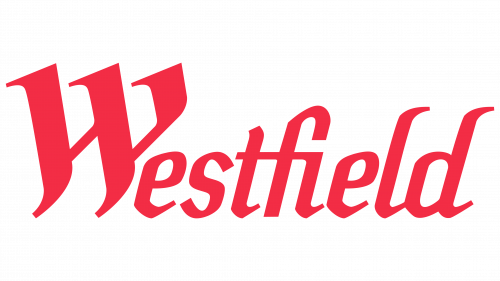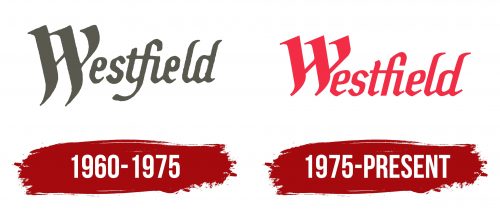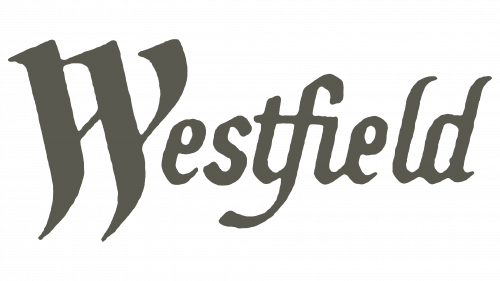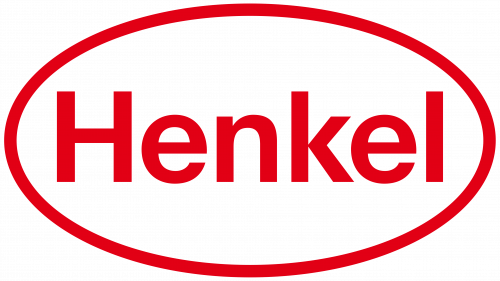The Westfield logo is unique and elegant. Humanity’s history inspires it and presents itself to clients as an ancient symbol associated with aristocracy. The emblem demonstrates how advantageous working with an experienced and professional company is.
Westfield: Brand overview
Westfield’s beginnings began in the Australian suburbs of Sydney in 1959. John Saunders and Frank Lowy established the company’s first shopping complex in Blacktown. The modest Westfield Plaza shopping center was the launch pad for what would eventually become an international shopping center empire.
The enterprise began aggressively expanding throughout Australia in the 1960s. In response to the growing demand for contemporary retail spaces, the firm built new shopping complexes in suburban areas that expanded quickly. By the decade’s end, the company oversaw several sizable shopping complexes in Sydney and other Australian cities.
The brand entered the international market in the 1970s. In 1977, the company purchased its first American shopping center in Connecticut. With this acquisition, the enterprise started a significant growth in the American market that lasted for several decades.
The firm kept expanding in the 1980s, both domestically and internationally. The corporation started incorporating cutting-edge ideas into the layout of its retail malls, turning them into hubs for entertainment and social interaction in addition to places to buy. During this time, the brand joined the New Zealand market to increase its footprint in Oceania.
The 1990s were a time of substantial expansion for the company. The business continued its aggressive expansion efforts in the US, buying and renovating preexisting retail complexes. The firm went public in 1994, which helped the business generate more money for expansion.
The brand started to expand into Europe in the 2000s. In 2004, the business opened its flagship European project, Westfield London, after purchasing its first shopping center in the United Kingdom in 2000. This huge shopping and entertainment complex, which set new standards in the retail industry, became one of the largest in Europe.
The company’s business underwent significant expansion and reorganization in the 2010s. In 2011, it divided its holdings in Australia and New Zealand and established Scentre Group as a distinct business. The parent corporation’s primary focus was managing and developing retail centers in the US, the UK, and Europe.
2018 saw a noteworthy occasion in the company’s history. For $24.7 billion, the French conglomerate Unibail-Rodamco purchased the business. By uniting the portfolios of Unibail-Rodamco in continental Europe and the brand in the United States and the United Kingdom, this merger made it one of the biggest operators of luxury retail centers globally.
Following the merger, the new company, Unibail-Rodamco-Westfield (URW), developed and updated its retail facilities while adjusting to shifting consumer demands and industry trends.
2019 saw URW carry on building significant projects that it had inherited from the original brand. When the Westfield Mall of the Netherlands opened, it quickly became the nation’s biggest mall and the company’s flagship project.
2020 was a year of adjustment to the new market conditions. In its shopping centers, URW has expedited the use of digital technologies, such as contactless payment systems and virtual store lines.
The company started implementing its “Better Places 2030” plan in 2021 to improve business sustainability. This approach aimed to increase the use of renewable energy in retail centers and decrease carbon emissions.
The grand opening of Westfield Hamburg-Überseequartier in 2022 was a momentous occasion. This brand-new flagship property in Germany integrated retail, office, and recreational space with residential spaces.
In 2023, URW proceeded with portfolio optimization, offloading several non-core properties in the US and Europe. Additionally, the business emphasized mixed-use development, adding apartment buildings and office spaces to its holdings.
A significant turning point was reached in 2024 when a new digital platform was introduced that unifies online and physical purchasing at all URW shopping malls. This program aimed to improve the shopping experience and foster more client loyalty.
Under URW, the business keeps changing as it responds to the demands of customers and new market difficulties.
Meaning and History
What is Westfield?
It is a renowned global company that is developing and managing large shopping malls. Based in Australia, it operates a network of shopping centers in various countries, including the US, UK, and Europe. The shopping centers are known for various retail stores, restaurants, entertainment venues, and upscale amenities that create a comprehensive and engaging visitor shopping experience. The company focuses on creating modern, aesthetically pleasing environments that attract shoppers and retailers, helping revitalize the commercial and social life of the neighborhoods in which they are located.
1960 – 1975
A young marketplace operator decided to present itself as an old, experienced company that is beneficial to work with. After all, reputation plays a key role in the real estate business. The company used visual identity – one of the basic marketing tools to achieve this. The new organization chose a logo with a Gothic font to demonstrate its supposedly ancient roots. In this way, it portrayed itself as an old and respected entity that dealt with aristocratic real estate.
The “ancient” style proved more than appropriate, so it became the brand’s face for a long time, embodied in a single element – the name. It is placed horizontally and occupies the entire logo space, leaving no room for clarifications or additions. The elegant inscription reigns alone in Westfield’s visual identity, serving as the central detail since it is done in an extravagant typeface.
The text is set in a unique font reminiscent of old scrolls or medieval books and is handwritten. This light historical flair, imposed on the name, helped the fledgling company attract attention and stay afloat during its early years, as clients chose it for its supposedly rich experience. This is evidenced by:
- the slanted font, as if handwritten;
- the beautifully decorated initial (the first letter);
- elegantly connected glyphs;
- gracefully curved stroke endings.
This is because the shape of some letters is inspired by the decorative Blackletter font, which conveys a medieval atmosphere. Despite the ancient, intricate, and graceful curves, the inscription is easy to read, as the “crest” with long descending ends resembles the letter “W.” Only this letter is capitalized, while the remaining characters are lowercase. Some form a unified block as they are connected, such as “tfie” and “ld.” This shows the company’s readiness to support anyone who turns to it for services.
Interestingly, the refined font is complemented by a simple color palette that creates a business-like atmosphere. The dark gray shade perfectly suits the old-fashioned typeface, creating an intriguing mood. It hints at the “dust of centuries,” symbolizing the company’s age and longstanding existence.
1975 – today
While maintaining the previous design, the Australian marketplace operator updated the emblem’s color drastically, abandoning the dusty gray in favor of a rich red. This change benefited the marketing function, leading to greater brand recognition. The bright color immediately catches the eye and better attracts attention. Combining red with a white background is an excellent way to make the Westfield logo more enticing. The only thing that remained unchanged was the number of colors.
Another major update involved the font to prevent it from appearing too old-fashioned and Gothic, as clients were confused about the company’s services. In other words, commercial real estate management was not well associated with the mysterious “Kabbalistic” inscription. As a result, the emblem underwent slight changes by shortening the long downward strokes. For example, adjustments were made to the “W” and “f.”
Other letters were also given a new look:
- For some, the lower line was extended (like “e”).
- For others, the connection was removed (like “t” and “i”).
- For a few, the curves were made more pronounced (like “l,” “d,” and “t”).
The result was a clear inscription with a smooth texture and improved readability. Interestingly, the dot above the letter “i” did not go unnoticed either: now, thanks to the extended curve of the “f,” it appears more pronounced, even though it is absent from its usual position.







